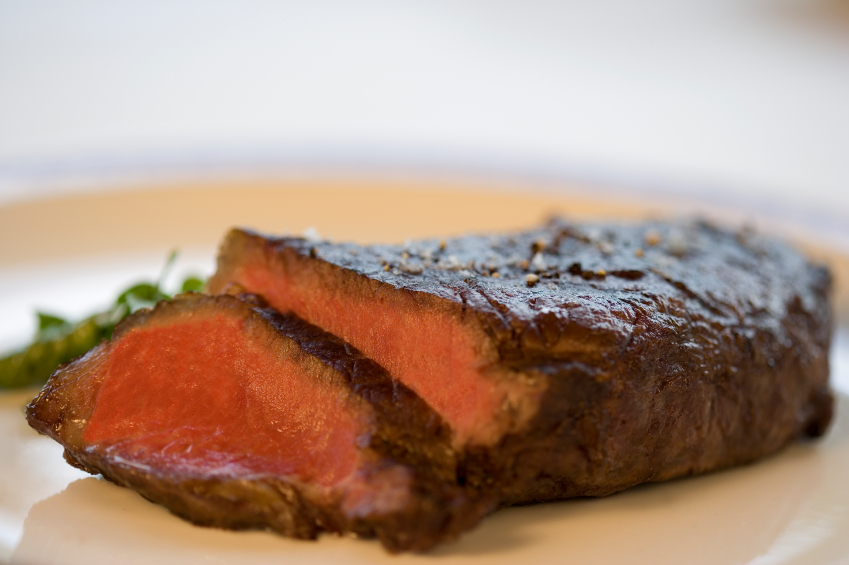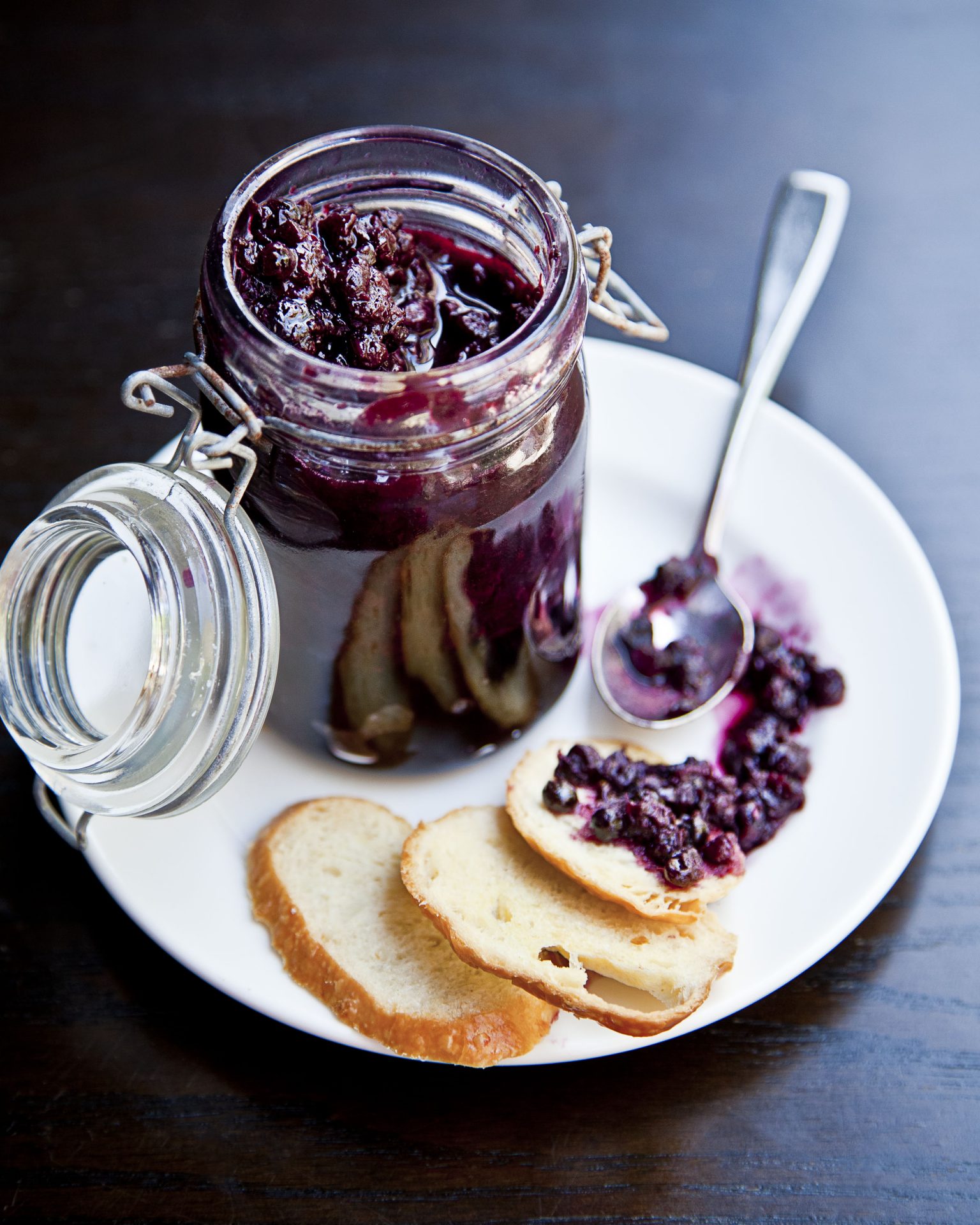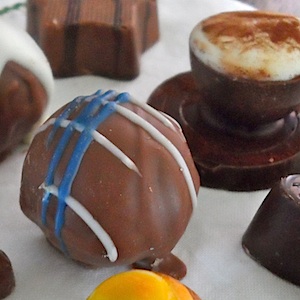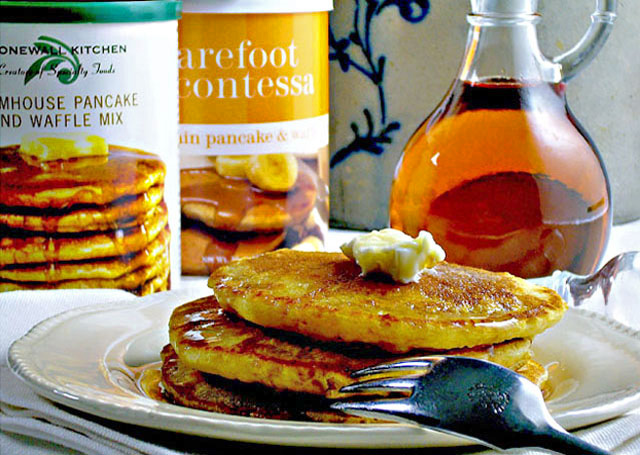The weather has warmed and the mouth-watering, heavenly aromatic barbeque season is upon us. In this article I am going to discuss step-by-step how to achieve the perfect grilled steak. I am going to assume you have a good grilling steak to start; by “good” I mean not only high quality meat that is innately flavourful without the addition of a marinade or BBQ sauce, but also a cut of meat that is appropriate for grilling. Follow these steps for perfect results:
STEP 1: Get your barbeque hot. You need high heat for the searing that will take place in STEP 3. A simple way to judge if your grill is hot is to hold your hand over the grill. If you can hold your hand over the grill for more than 10 seconds the grill heat is low, for 6-8 seconds the heat is medium, and for 2-4 seconds the heat is high. Four seconds is about perfect.
STEP 2: Season the meat generously with good quality sea salt and freshly cracked black pepper.
STEP 3: Place the meat on the grill and flip after it is well seared on the first side; then again after it is well seared on the second side – about 3-4 minutes per side. The steak might be ready to take off at this point, depending on the thickness (see STEP 4). Flip a third time to achieve a crisscross pattern, but avoid constant flipping.
Searing is essential because it adds flavour. One of the biggest culinary misconceptions of all time is that searing meat “traps juices”. Today, thanks to food scientists like Harold McGee, we now know that searing does not seal the meat. On the contrary, it has been proven that meat cooked at constant temperature actually loses less fluid. What searing does accomplish, however, is a complex set of “browning reactions” that combine sugars and amino acids to produce literally hundreds of new by-products, each of which have a distinctive taste and aroma.
STEP 4: Remove the beef steaks when the internal temperature has reached 110-115F. This temperature yields meat in the rare-to-medium rare state and maximizes juiciness and tenderness. You see, if a steak is cooked rare or “blue” rare, the meat is essentially still raw, the texture will be gel-like, and the juices have not begun to flow. On the other side, at 120F, the fat in the meat is well on its way to rendering (i.e. liquefying), resulting in a dryer steak. Beyond medium, well, the toughness and dryness increase exponentially. Use an instant read meat thermometer (it is an excellent $8 investment) to determine optimal temperature; it’s easy and accurate.
STEP 5: Spread a little good quality room-temperature butter or drizzle a little good quality olive oil on the steaks. Tent with foil and let the meat rest for a few minutes.
STEP 6: Enjoy.








